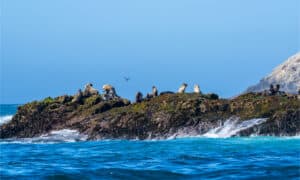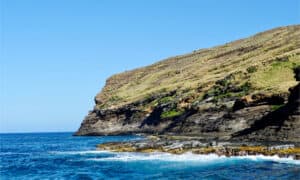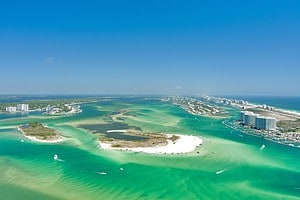South Carolina has 35 barrier islands (also called sea islands), more than any other state except Florida. Barrier islands run parallel to the Atlantic and Gulf Coasts and shield the mainland from the brunt of sea storms. The islands are home to wide sandy beaches, sea grass beds, vegetated uplands, and Lowcountry marshes.
What Is the Largest Island in South Carolina?
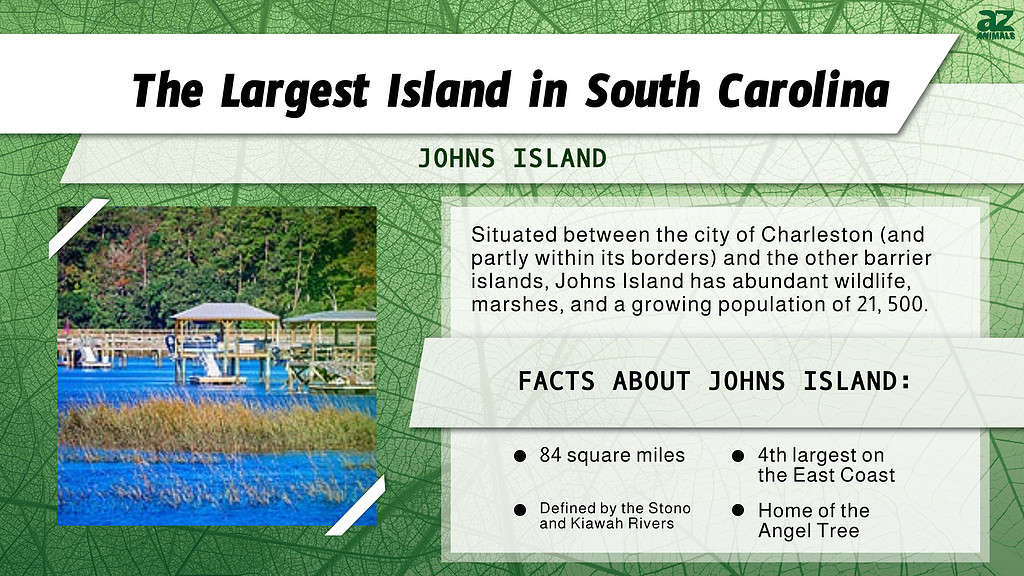
At 84 square miles in area, Johns Island is the largest island in South Carolina. Located in Charleston County, it’s the fourth largest island on the East Coast. Situated between the city of Charleston and the barrier island beaches that border the Atlantic Coast, a portion of the island is located within the city limits of Charleston.
Technically an island, yet not bordered by the open sea, the Stono and Kiawah Rivers are what separates Johns Island from its border islands and the mainland.
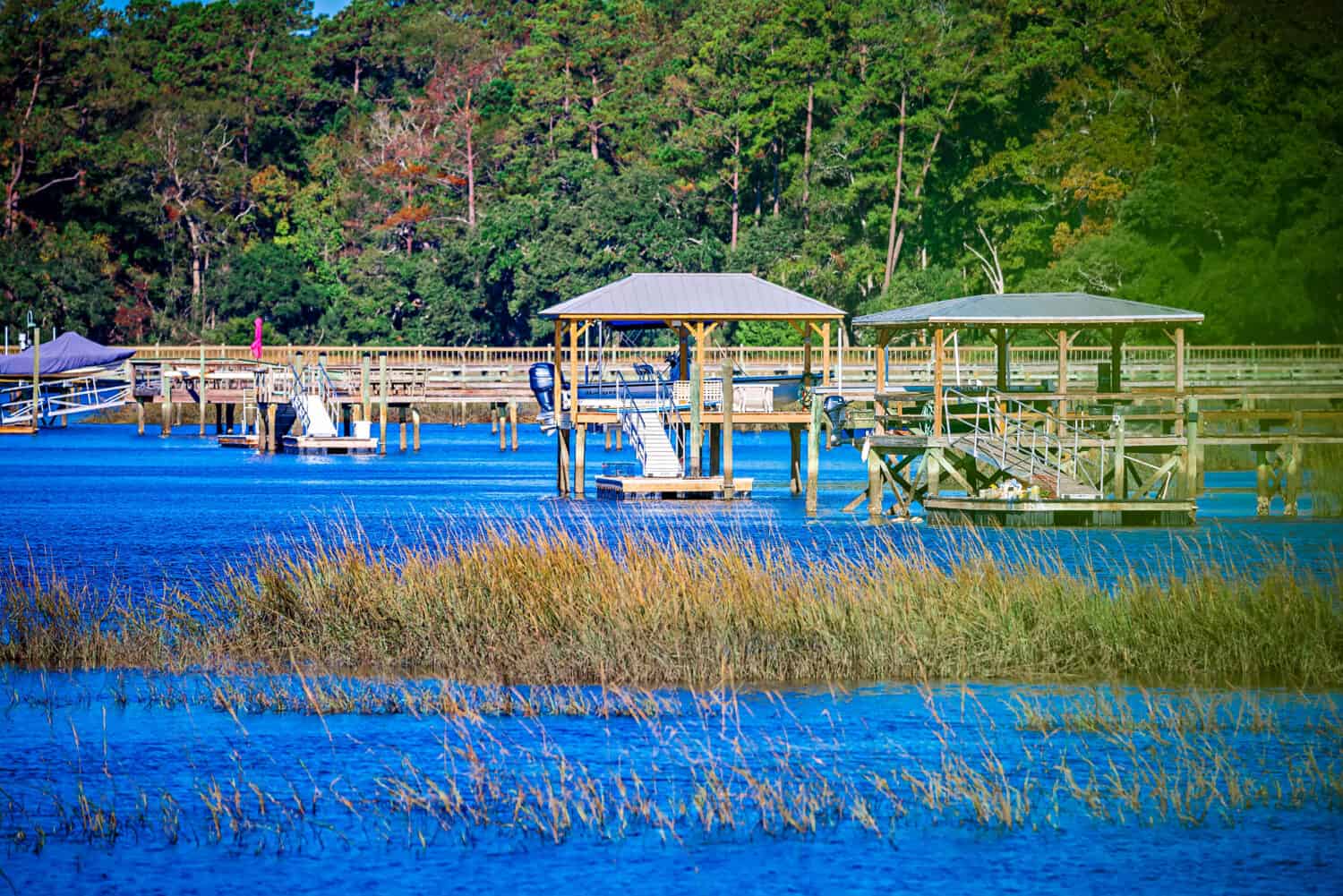
The rivers and marshes on Johns Island are abundant with fish and shellfish.
©digidreamgrafix/Shutterstock.com
What Is the History of Johns Island?
Colonialists arrived on Johns Island from English settlements in the Caribbean and named it after Saint John Parish in Barbados. However, Native American tribes, including the Stono, Bohicket, and Kiawah Indians, were already living on the island.
The settlers brought the crop, indigo, from Barbados and cultivated it in the Lowcountry of Johns Island. By the mid-1700s, indigo became the main export for the island. A popular bright blue dye, indigo grown on Johns Island was commonly sold to England. During the height of indigo production, the Stono Rebellion occurred. The settlers relied on slaves to grow and produce their crops. In 1739, a group of slaves on Johns Island rebelled and attempted to escape to Florida, which was under the rule of the Spanish at the time.
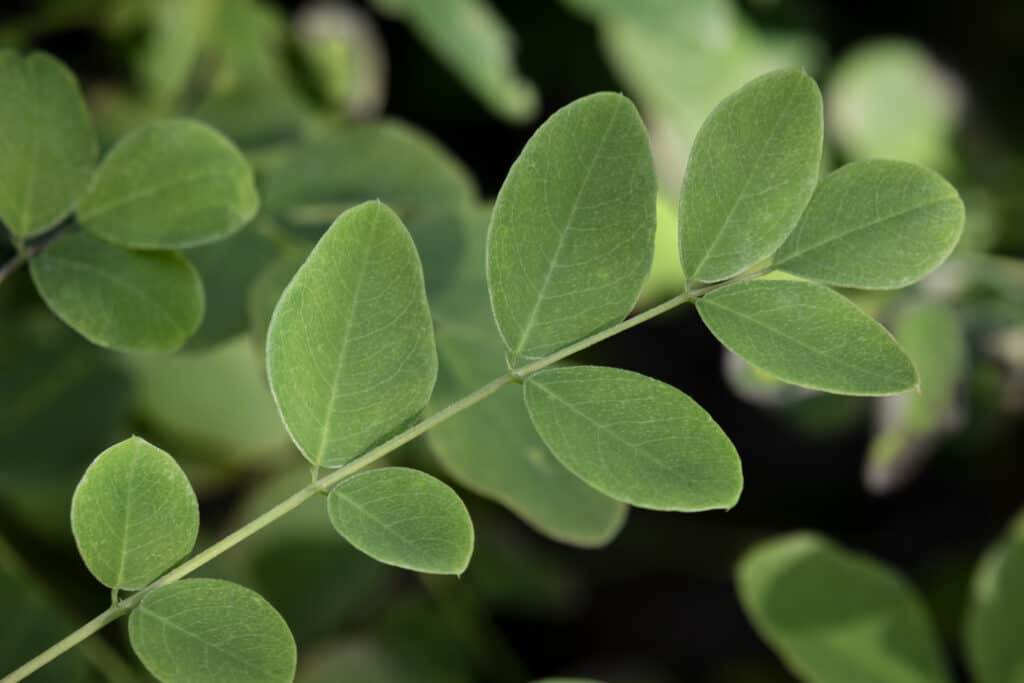
Indigo dye is extracted from the small, green leaves of the
Indigoferaplant.
©iStock.com/PicturePartners
However, the uprising was unsuccessful and plantation owners captured the slaves before they could reach freedom. During the Revolutionary War, the British market for indigo was disrupted, and England began to turn to India for its indigo supply. By the 1800s, indigo was no longer listed as a crop for Johns Island.
Johns Island has been the site of several important historical events. Occupied by British troops during the Revolutionary War, Johns Island also endured the Battle of Bloody Bridge during the Civil War. Today, visitors can view the historical site marking the Civil War battle at the Burdens Causeway.
Currently, Johns Island has a population of 21,500 and growing. The nearness of downtown Charleston, the beautiful scenery of the Lowcountry, and the nearby sandy beaches of the barrier islands make Johns Island a popular spot for new development.
What Do People Do at Johns Island?
Today, Johns Island is known for local farmers’ markets, historical parks, and towering oak trees dripping with Spanish moss. Although new developments are cropping up on the island, about 75% of the island remains rural with agricultural and horse farms, large acreage estates, and waterfront communities. Just a few miles south is the resort community of Kiawah Island.
Visit the Largest Oak Tree East of the Mississippi
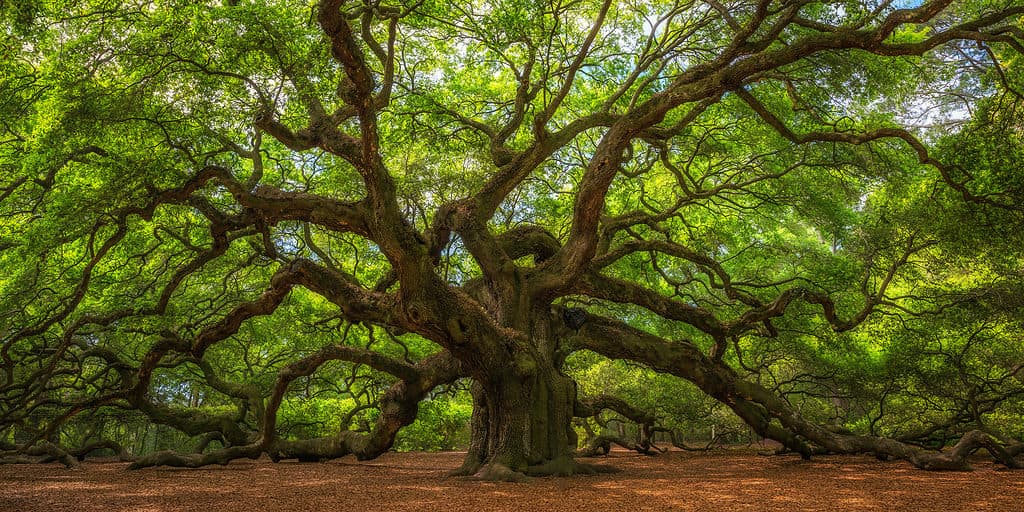
Like something out of a fairy tale, the Angel Oak tree stands 65 feet tall and shades a 17,000 square-foot area.
©iStock.com/Michael Ver Sprill
One of the main attractions on Johns Island is the Angel Oak, a live oak tree that is thought to be the largest living oak tree east of the Mississippi River. Estimated to be around 400 years old, it’s the oldest tree in South Carolina. The massive tree is 65 feet tall and 25.5 feet around. Further, it provides shade to a staggering 17,000 square foot area. Surrounding the tree is a small park with a visitor’s center and a gift shop.
Shop at a Quaint Open-Air Village
Another popular activity on the island is shopping at the Freshfields Village, an open-air shopping center with over 30 shops, numerous restaurants, and a boutique hotel.
Visit a Working Farm
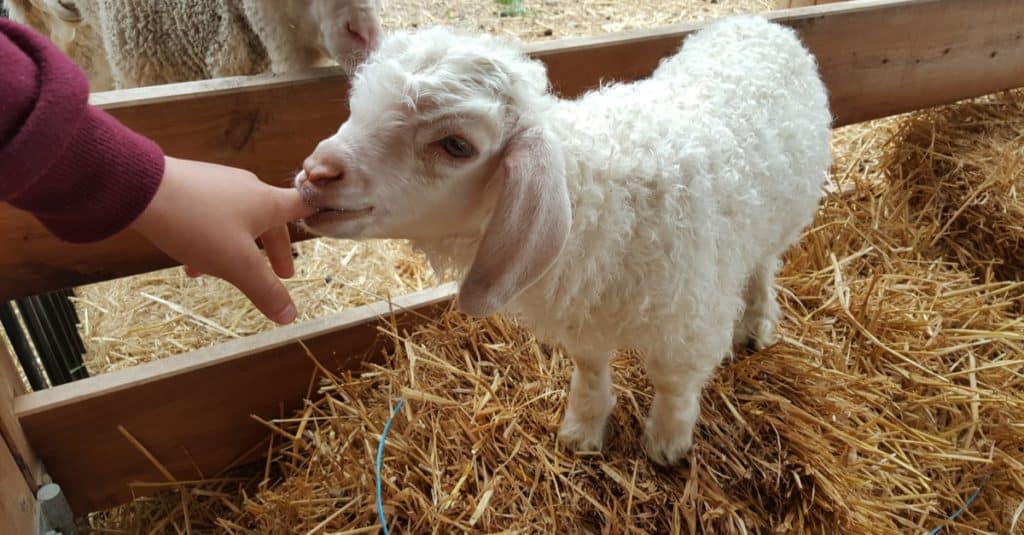
The Goatery at Kiawah River offers farm tours and chances to pet and play with baby goats.
©haireena/Shutterstock.com
The Goatery at Kiawah River is a small artisan goat dairy farm specializing in goat cheese and soaps. The farm offers private tours, classes for children, and goat yoga. The farm also doubles as a goat sanctuary, offering many goats a forever home.
Where Is Johns Island on a Map?
Johns Island is in between Charleston and the barrier islands. It’s surrounded by Kiawah, Seabrook, Wadmalaw, Edisto, James, and Folly Islands. The Stono and Kiawah Rivers separate Johns Island from the mainland and the barrier islands.
What Animals Live on Johns Island?
Johns Island is teeming with wildlife. Although there are many homes, shops, and restaurants on the island, much of the land remains undeveloped, providing habitat for numerous species. On the island, it’s common to see deer, raccoons, coyotes, bobcats, otters, wild hogs, and even alligators.
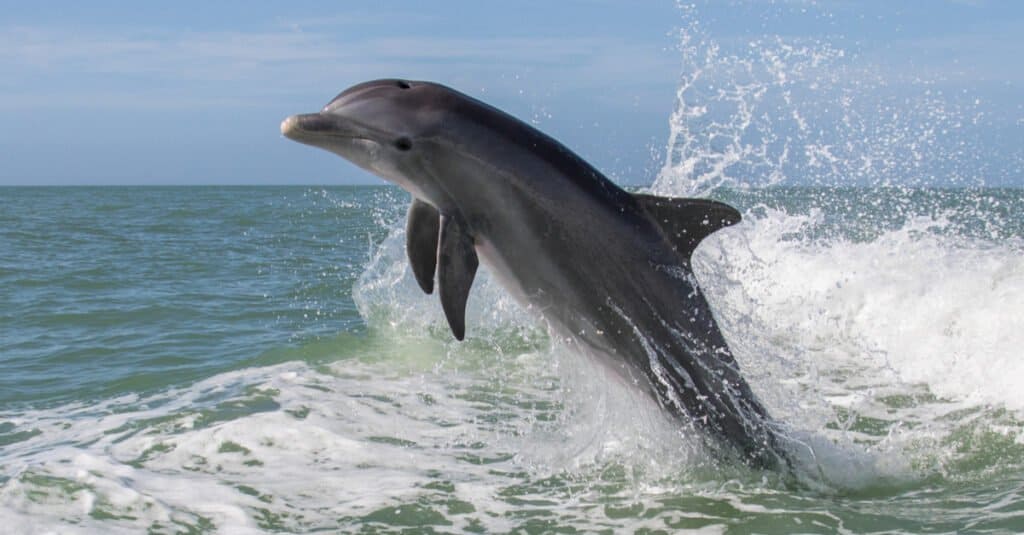
Bottlenose dolphins are often seen swimming through the waters of the Kiawah River.
©Tory Kallman/Shutterstock.com
The rivers and marshes on the island are abundant with oysters, trout, black sea bass, bluefish, and bottlenose dolphins. Birds found in the area include many species such as osprey, bald eagles, wild turkeys, and egrets.
The photo featured at the top of this post is © photo.ua/Shutterstock.com
Thank you for reading! Have some feedback for us? Contact the AZ Animals editorial team.




